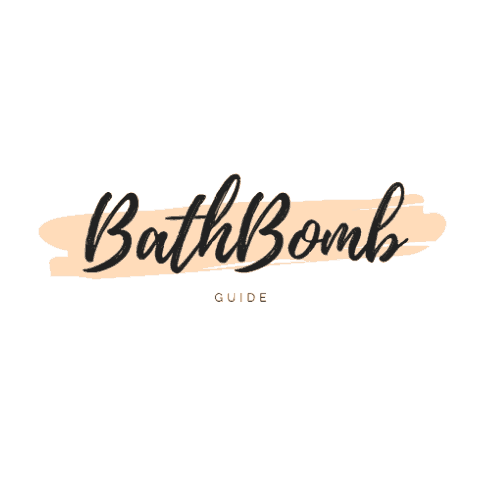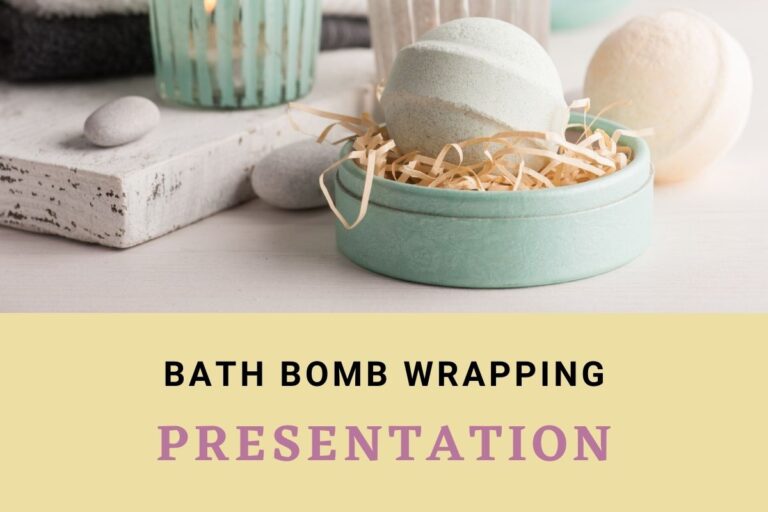Difference Between Weight vs Volume | Do Those Ounces Confuse You?
This has been an age-old question that many people trying to make themselves look more fantastic will have to face, especially if you are branching away from just bath bombs. Sometimes you may find yourself wondering why some things are measured with volume, while others measured in weight. There is a distinct difference between weight and volume in measurements.
Weight is a measurement of how heavy something is in pounds or kilograms perhaps, whilst Volume is a measurement of how much space is taken up, like cubic feet, gallons or cups in cooking. Water will provide an equal measure of ounces weight or ounces volume.
There are many things that you will need to remember, some of which are that volume of something compressed is always consistent, and the harder an object is the harder this will be to change. While weight can differ greatly, just think of water, as frozen water weighs less than liquid water. The same can be said for many other products.
What is more accurate?
The hottest debate you will find, it has been argued at shops and markets since the first people started using measurements, and scientists and bath product makers are still arguing to this day. The difference between weight and volume can cause a lot of confusion as many people make daily mistakes in ordering too much or too little of some things.
Learning where weight needs to be used, and where to rely on the total volume of a substance can be vital. As people encounter different substances and learn how each substance is stored they may learn what to use when ordering.
Everyone remembers the first time they order 1 ton of sheep’s wool instead of 1 cubic meter.
Likewise, trying paying for 1 Cubic foot of gold instead of 1 gram!
When to use weight
Weight is used for three types of materials, solids, liquids, or semi-solids because in these states the materials are taking up as little space as possible and are condensed. These are materials such as water, metals, gels, wood, or more, they are defined by the fact that in a large amount of weight they may not take up a lot of space.
However, as with all things, there are exceptions and for weight, it would be solid things, but still take up a lot of space. These are feathers, powders, sugars, some spices, and above all furs and wools. The latter are solid materials but because they are so light it can be almost impossible to measure them with weight.
When to use volume
Volume is used when you are measuring the total space that something is taking and can be a lot more accurate with measurements than weight. This is because volume stays consistent and is based upon the total amount of space that water would take up. You can see this being measured out in ounces of water by volume taking up the same amount of space as ounces of flour by volume.
Why is volume used when weight won’t work?
Volume above all else is consistent, which means that even if someone knows how much space is needed for 2 tons of wool, he can be assured that the person he is working with realizes how much this is when he says ounces, cubic meters, or cubic feet. This has made volume the preferred way of talking about larger things as well, something that many people may not realize is that most large spaces are measured by their volume.
Buildings are measured by their total size, height and more, but will usually have an accurate measurement of the total space in the volume of the inside. This spreads further to the smaller things in the world as well, if someone says that a beauty product is 2 ounces in volume you can immediately be assured that it will fit in with a specific size.
Further, food and kitchen measurements love to use volume when going international, usually because some countries still use imperial systems. So saying that a cup is 250ml does not mean much in a country where cups are measured in ounces. However, saying that 1 cup in the book measures 8 ounces and that 8 ounces measures 200ml, a standard unit of measurement can be applied to the rest of the cookbook.
How do you decide which one to use?
You need to determine whether or not the product you are using is most commonly accepted as something measured in weight or not. Many times, this will be when you learn that a product is valuable because of its weight, or if it’s valuable because of what it is. When something is extremely precious you will start measuring in weight, gold is never measured in volume, while wool and flour are almost exclusively measured in volume.
It can be extremely difficult to decide on which unit of measurement to use, which is why many countries have implemented standard units of measurements to use. Especially when it comes to industrial measurements that must be taken, there are clear guidelines that have to be used for certain items. With metals usually being measured in weight, while construction equipment is measured in volume.
When do the volume and weight become equal?
Water is always equal across the measurements. Which has meant that 1kg of water, is equal to around 1000ml of water, and so on. With weight and volume measured in ounces, it has become that 8 ounces of water by weight will measure exactly 8 ounces of water by volume.
Usually, this is how people measure which of their cups are the right sizes for the cups used in recipe books. Once you know which cups in your cupboards are the right sizes you can comfortably use them to measure out all future recipes that may require it. Or else you may just be able to tell which beauty brands claim to give you 5oz of something but only gave you half of that.
Conclusion
Whatever you do, just be sure that you are using the right amount of products for the right times, as many people make mistakes when reading labels!




